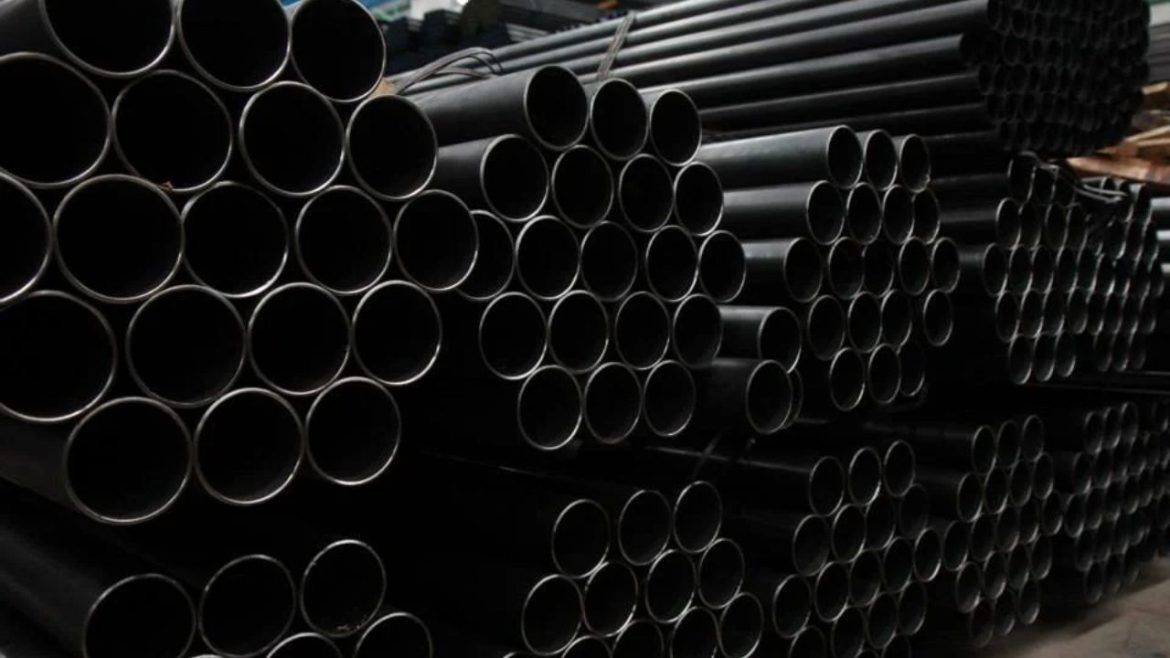Steel Grade of ASTM A333 Tuspipe’s pipes are used in low-temperature facilities such as cryogenic facilities, oil and gas industries, and chemical industries because of their strength and toughness. However, the big matter of corrosion arises in these applications as it compromises the pipe’s strength and can lead to system failure, higher overall maintenance costs, and protection risks. Avoiding rust is crucial to the life of the ASTM A333 steel pipes and it is very beneficial when in use.
Understanding the Causes of Corrosion in Steel Pipes
Rust in ASTM A333 steel pipes arises through the chemical outbreak of the metal exterior by oxygen, moisture, and salts. Some of these factors include the temperature, pressure, and flow rate which are usually within a piping system that will enhance corrosion. Hydrogen sulfide, carbon dioxide, and chlorides are other reasons causing fast corrosion mostly owing to their presence. These are the causes that should be addressed to choose the right methods of corrosion protection.
Organizing Information for Selecting Suitable Coatings and Linings
The major protection method used on ASTM A333 steel pipes is through the application of coatings and linings. Epoxy, polyurethane, and zinc coatings act by sealing and thus do not allow the substances to come into contact with the protected surface. In very aggressive conditions, the lining materials such as rubber or plastic can be applied to cover the steel surface. The type of coating or lining to be applied should therefore depend on the environment it is exposed, the temperature, and the type of fluid being transported to warrant long-lasting protection.
Cathodic Protection Systems
Cathodic defense is one of the most recycled electrochemical practices to break the corrosion of ASTM A333 steel pipes. Two main techniques are used: anode and impressed current. In sacrificial anode protection, a metal that is more reactive than steel that is usually magnesium or zinc is connected to the steel pipe and corrodes in its place. Impressed current systems employ an external power source to impose a protective current on the pipe. Cathodic protection is most suitable in soil and marine applications where pipes are buried or submerged.
Application of Corrosion Inhibitors in Fluid Systems
Corrosion inhibitors are chemicals that are presented into the fluid being taken over the piping system to decrease the rate of the corrosion reaction on the inner surface of the pipe. They act either by generating a fencing film or by reacting with corrosive species in the fluid. The choice of the right inhibitor depends on the nature of the fluid, the conditions under which the ASTM A333 steel pipe will be operating, and the type of corrosion that may be likely to affect the pipe; whether it is uniform, pitting, or galvanic corrosion.
Maintenance of Correct Material Choice and Pipe Type
The quality of Tuspipe’s pipe material such as ASTM A333 steel grade and designing of pipe with less chance of corrosion can greatly minimize the corrosion threat. Gradings such as Grade 1 and Grade 6 give divergent levels of strength and toughness fitting for applications. Furthermore, a design approach that eliminates sharp bends, provides opportunities for drainage and equalizes flow velocities can eliminate the existence of low-velocity areas prone to corrosion.
Ensuring Proper Material Selection and Pipe Design
It becomes crucial to perform regular inspection and maintenance exercises in other to detect and prevent corrosion of ASTM A333 steel pipes at the initial stage. To ascertain the corrosion that has taken place on the pipe without vandalizing the same, other non-destructive testing techniques that can be used include ultrasonic test, radiographic proof, and magnetic particle inspection. Their removal periodically and the routine check of inhibitors or cathodic systems to ascertain that the preventive measures are still efficient is also possible.
Stressing on Environmental and Operational Control Measures
Another successful method of reducing corrosion of the ASTM A333 steel pipes is the practice of environmental control. It is also mitigated by steps such as minimizing exposure to humidity, availability of oxygen and other factors discussed earlier such as controlling temperature and pressure within acceptable levels. Preventative measures include sealing, covering, avoiding moisture, and using additional devices such as dehumidifiers or heaters in secured spaces; storing aggressive agents in the same secured space also helps avoid corrosion. These operational changes not only increase pipe life but also enhance system performance.
Conclusion
These methods of protection including coatings and inhibitors, cathodic protection, and environmental control can significantly increase the service life of ASTM A333 steel pipes. By choosing proper methods that will correspond to certain environmental and functioning factors, industries can protect their systems from the harm of corrosion. Moreover, routine and preventive assessment and examination supplementally guarantee that corrosion negatively affects the functionality and reliability of ASTM A333 pipes.
